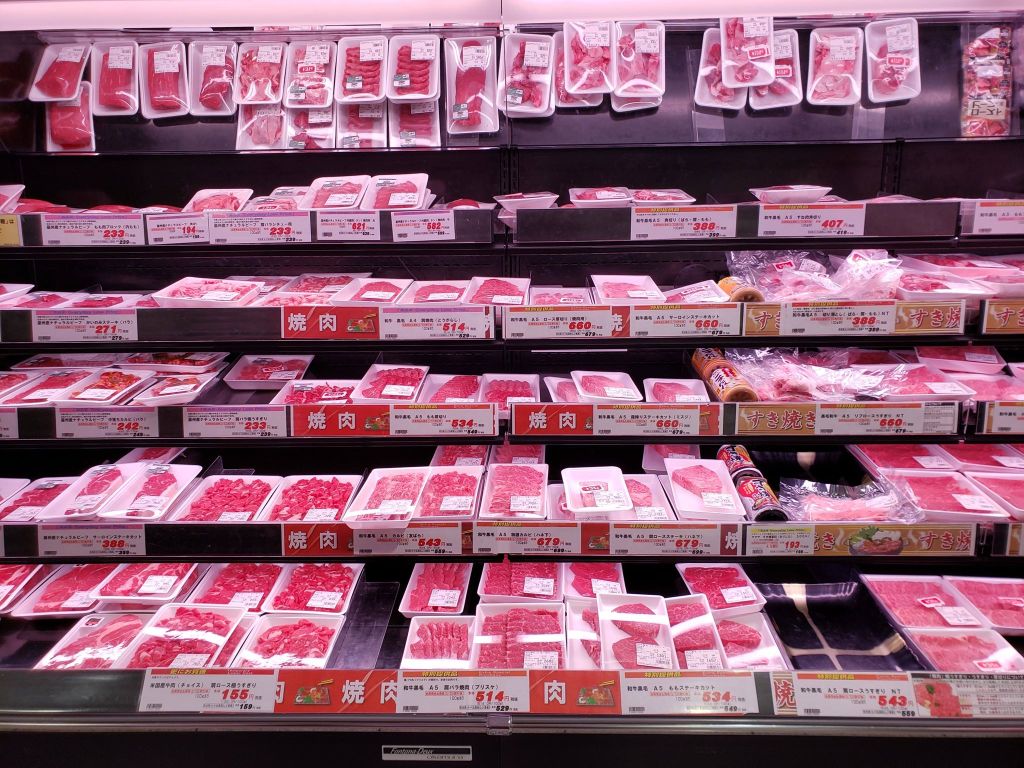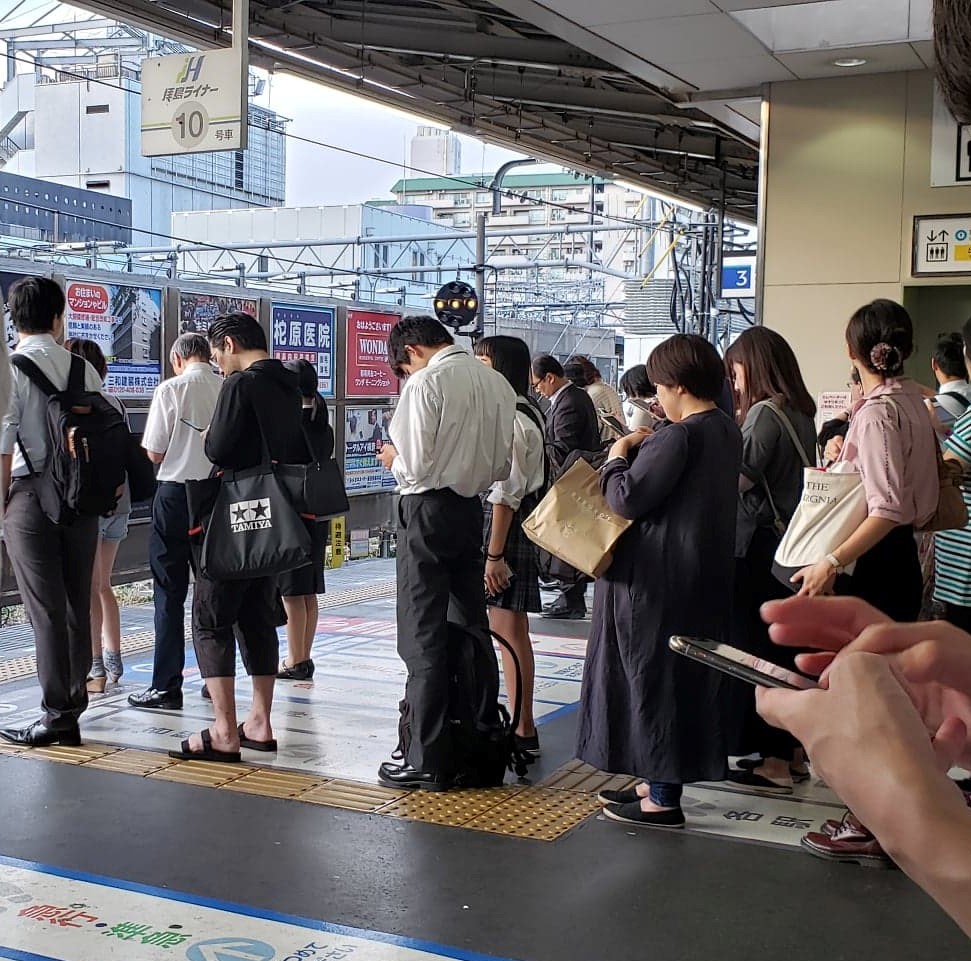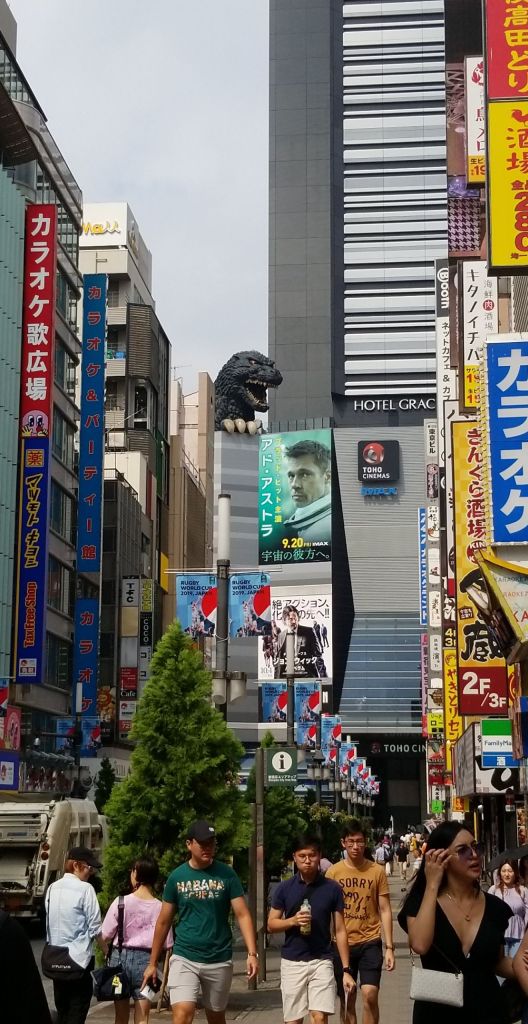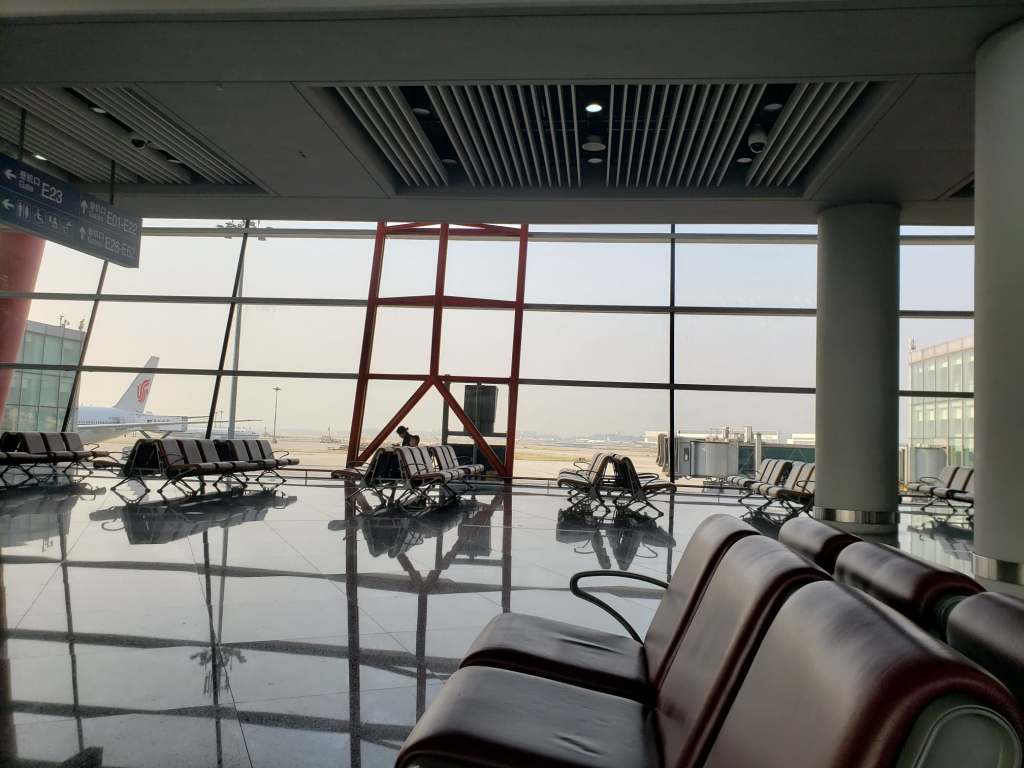When you think of Japan, what do you think of?
Tokyo? Kyoto? Hiroshima? Mt. Fuji? Cherry Blossoms?
You probably think of everything but Nikko, a small city located up in the mountains that is about a 3 hour bus ride away from Tokyo. On November 1st, my program arranged a day-trip to Nikko – we were scheduled to see waterfalls, Tokugawa’s grave site, and the beautiful autumn foliage. I didn’t know what to expect, considering I’ve never even heard of Nikko in the first place, but I knew I was excited because Japan has never failed to amaze me.
To begin, we can talk about how my day started off. I woke up at 5am, 2 hours before the scheduled meeting time at Takadanobaba Station. I managed to eat breakfast, get dressed for the cooler weather expected up north, and have an extra thirty minutes before I had to arrive at the station. Apparently, 6am-me thought that slipping in a 30 minute nap would be a good idea before I left the house, so I took a short nap. That short nap ended up being 50 minutes long, so when I woke up, I had ten minutes to get the Takadanobaba Station. The walk to my closest station that would take me to Takadanobaba would take at least 15 minutes, so it was absolute hell trying to arrive on time. Luckily, I made it before the group departed for Nikko, but I’ve learned my lesson about taking short naps very early in the morning…
Other than the terrible sprint to the station at 6:55am in the morning, the rest of the trip went smoothly. Everyone got on the bus and arrived at Nikko safe and sound. Our first destination was the temple that the famous Tokugawa Ieyasu was buried at.
Here, there were beautiful temples and artwork that were made to protect the grave of the famous emperor:



There were huge crowds here, as there were many beautiful historical relics. Tokugawa’s shrine was located at the top of a mountain, so we had to take a short hike to get there. It was an incredibly peaceful area. There were trees that blocked out the sun and the site itself was very clean. I don’t have pictures of the grave itself, due to the fact that it is disrespectful to take pictures of it, but you can take my word for it when I say it is a huge burial site. In the end, we stayed around the area for about 2 hours before grabbing a traditional Japanese lunch. My program coordinator booked us a full traditional Japanese meal. There was soba, rice, tempura, fish, and miso soup. There was also pickled vegetables, along with tofu skin and fishcakes.

After lunch, we went on Nikko’s famous winding roads. Each curve and road is named after a Japanese hiragana character. There are forty-six characters in total, meaning that there were forty-six very sharp turns. There’s not much to say about this except for the fact that there were beautiful mountain ranges and amazing autumn foliage. Unfortunately, I don’t have many pictures because I got motion sickness…
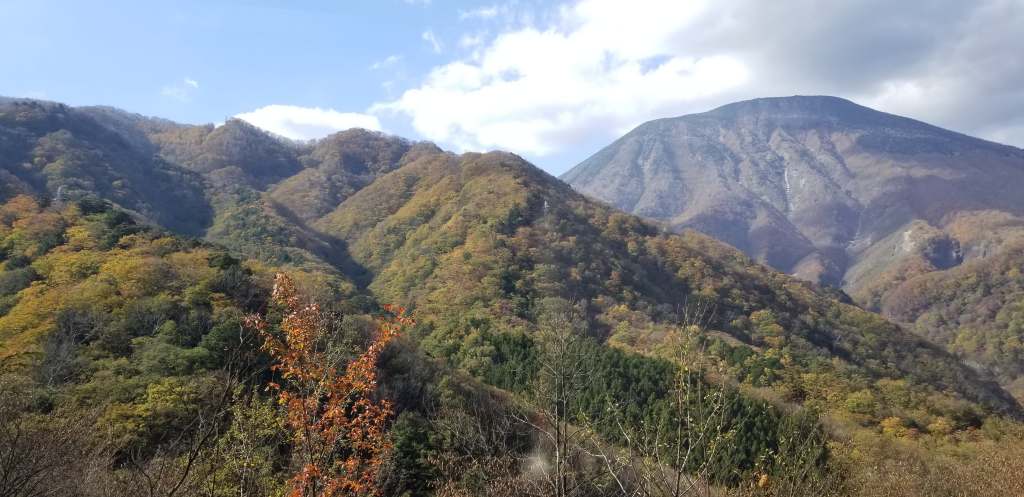
After the roads, we took a stop at one of the biggest waterfalls that Nikko had to offer. There, the group took a ton of pictures and selfies to send back home to their families. It was an amazing site to see – the waterfall fell at a height of ~320 ft.

The trip ended at this last waterfall and it took a 3-hour bus ride to get back to Tokyo. Everyone fell asleep on the bus, so there’s not much to say about the ride home. Overall, the trip was super fun and I would definitely recommend visiting Nikko, especially if you decide to visit Japan sometime in the fall.



